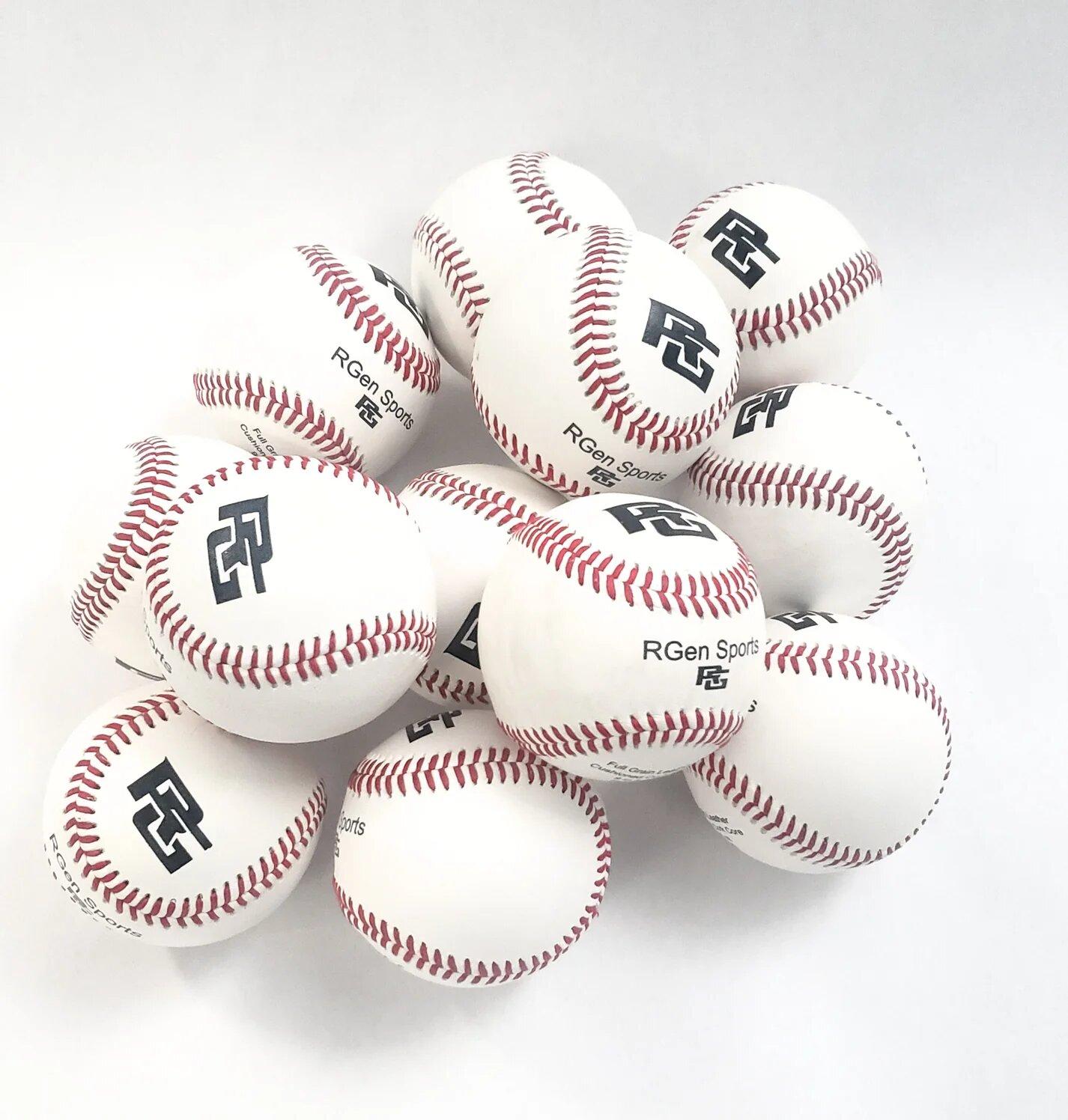Baseball has always been more than just a game. For many families, it is a tradition, a way to spend quality time, and a sport that teaches discipline, teamwork, and patience. When your child shows interest in baseball, the first step you will need to take is investing in the right Baseball Equipment. Choosing the right gear is not only about improving performance but also about ensuring safety, comfort, and long-term development in the sport.
Parents often feel overwhelmed when they first walk into a sports store or browse online because the range of baseball gear is extensive. From bats and gloves to cleats, helmets, batting cage netting, and training aids, each piece of equipment serves a specific purpose. Understanding what your child really needs—and what can wait—can help you make smarter and safer choices.
In this guide, we’ll walk through everything parents need to know about selecting baseball gear for kids. We will cover safety, sizing, materials, and long-term considerations. We’ll also highlight how training tools like batting cage netting, Outdoor batting cages, and a reliable baseball hitting mat can accelerate a child’s progress in the sport.
Why Baseball Equipment Matters for Young Players
The right gear shapes how a child experiences the game. Imagine sending your kid onto the field with a glove that’s too stiff, a bat that’s too heavy, or cleats that hurt after ten minutes of play. The frustration quickly overshadows the joy of learning the sport. Worse, poorly chosen gear can increase the risk of injury.
Baseball involves quick reflexes, high-speed throws, and repeated motions that put stress on developing muscles and joints. Good Baseball Equipment minimizes these risks by providing the right balance of protection and usability. Helmets protect against fast pitches, gloves help absorb the impact of catching, and bats designed for youth hands allow a smoother swing without straining the wrists.
For kids, confidence comes from comfort. When their equipment feels like an extension of their body, they can focus more on playing rather than worrying about sore hands or an awkward bat grip.
Understanding the Basics of Baseball Equipment for Kids
Parents should begin by understanding the basic categories of baseball gear. Each has a specific role, and knowing what matters most at your child’s age and level can help you prioritize your spending.
1. Baseball Bats
The bat is central to the game, but choosing one for a child isn’t as simple as grabbing the first one off the shelf. Youth bats are measured in terms of length-to-weight ratio (also called “drop weight”). A bat that’s too heavy will slow down swing speed, while one that’s too light might not generate enough power. For younger children (ages 6–9), lighter composite bats are usually best, while older kids (10–12) can transition toward alloy bats.
2. Baseball Gloves
Gloves should fit snugly but still allow flexibility in the fingers. Many kids struggle with stiff, oversized gloves that make catching a ball frustrating. Youth-specific gloves are usually lighter, pre-broken-in, and made from softer leather or synthetic material for easier handling.
3. Batting Helmets
Safety is non-negotiable. A helmet should fit firmly without wobbling and cover both sides of the head. Some helmets come with face guards, which are highly recommended for younger players.
4. Cleats
Cleats provide traction on dirt and grass fields. For beginners, molded rubber cleats are safer and more comfortable than metal ones. They prevent slipping while running bases or fielding ground balls.
5. Protective Gear
Cups, chest protectors, and shin guards are essential for catchers, but even young field players may need added protection depending on league rules. Parents should always check their league’s requirements.
How to Choose Baseball Equipment by Age
Baseball gear is not one-size-fits-all. The right choice depends heavily on your child’s age, size, and level of play.
-
Ages 4–6 (T-ball stage): Kids at this age just need lightweight bats, soft-core balls, and smaller gloves (9–10 inches). Safety gear like helmets should be mandatory even in casual play.
-
Ages 7–9 (Beginner leagues): This is when kids begin to face faster pitches. Slightly larger gloves (10–11 inches) and a better-quality bat become important. Protective helmets with face guards are strongly recommended.
-
Ages 10–12 (Advanced youth): Kids develop more strength and start refining their skills. Equipment should now balance durability with performance. A sturdier glove (11–12 inches), stronger alloy bats, and cleats with better grip are appropriate.
-
Ages 13+ (Teen leagues): Players in this age group often need adult-size equipment, including full-size bats, larger gloves, and advanced protective gear. At this level, training tools such as Outdoor batting cages and baseball hitting mats can help them prepare for competitive play.
The Role of Training Equipment
Beyond the basics, parents often wonder if additional training equipment is worth investing in. The truth is, practice gear can significantly accelerate a child’s development.
-
Batting cage netting: This allows safe hitting practice at home or in a team setting. Kids can swing freely without worrying about lost balls or broken windows.
-
Outdoor batting cages: These create a controlled environment where children can practice consistently, regardless of weather. They also help simulate real-game conditions.
-
Baseball hitting mat: Training mats protect surfaces during practice and provide a realistic feel for batters. This is particularly useful for kids who want to work on their stance and swing mechanics at home.
Investing in these tools is not about pushing a child too hard; it’s about giving them the resources to practice safely and effectively.
Common Mistakes Parents Make When Buying Baseball Equipment
-
Buying bigger sizes to “grow into”: Oversized gloves, bats, or helmets can make playing uncomfortable and even dangerous. Always choose the correct size for the current season.
-
Prioritizing price over fit: While affordability matters, poorly fitting gear can ruin the experience for a child. Balance quality with budget.
-
Ignoring league regulations: Different leagues often have specific rules on bat materials, cleats, or helmet designs. Always check before purchasing.
-
Skipping protective gear: Even at a young age, accidents happen. A helmet, proper glove, and safety accessories reduce the risk of serious injuries.
Caring for Baseball Equipment
Proper care extends the life of your investment. Leather gloves should be conditioned to prevent cracking. Bats should not be used in temperatures below 60°F, as cold weather can damage materials. Helmets and cleats should be cleaned after each use to prevent odor and wear. Training gear like batting cage netting should be checked regularly for tears, and hitting mats should be kept dry to maintain traction.
Building Confidence Through the Right Gear
Parents often underestimate how much good Baseball Equipment can influence a child’s confidence. A child who feels safe, comfortable, and capable with their equipment is more likely to enjoy the game and stick with it. That early enjoyment often leads to long-term involvement in sports, healthier lifestyles, and improved social skills.
When your child knows they have the right bat for their size, the right glove for their hand, and the right helmet for protection, they walk onto the field ready to learn instead of worrying about discomfort.
Conclusion
Choosing the right baseball gear for your child isn’t about buying the most expensive bat or the flashiest glove. It’s about understanding your child’s needs, the requirements of their league, and the importance of safety and comfort. As a parent, you don’t need to be an expert in sports science to make smart decisions—you just need to focus on fit, function, and safety.
The right Baseball Equipment creates a foundation for learning, enjoyment, and growth in the sport. When paired with practice tools like batting cage netting, Outdoor batting cages, and a quality baseball hitting mat, your child can enjoy the game while steadily improving their skills.
FAQs
Q1: How much should parents expect to spend on kids’ baseball equipment?
It depends on age and level, but a starter kit (bat, glove, helmet, and cleats) can cost between $150–$300. Training gear and upgrades may add to the cost as kids progress.
Q2: Should I buy used baseball equipment for my child?
Used gear can be a good budget-friendly option for bats and gloves, but avoid second-hand helmets and protective gear since safety materials may weaken over time.
Q3: How often should baseball equipment be replaced?
Gloves can last several seasons with care, while bats may need replacement if cracked or dented. Helmets should be replaced every 2–3 years or after any impact.
Q4: What’s more important for beginners: skill practice or having the best gear?
Skill practice matters most, but safe and properly fitted equipment is essential for building confidence and preventing injuries.



